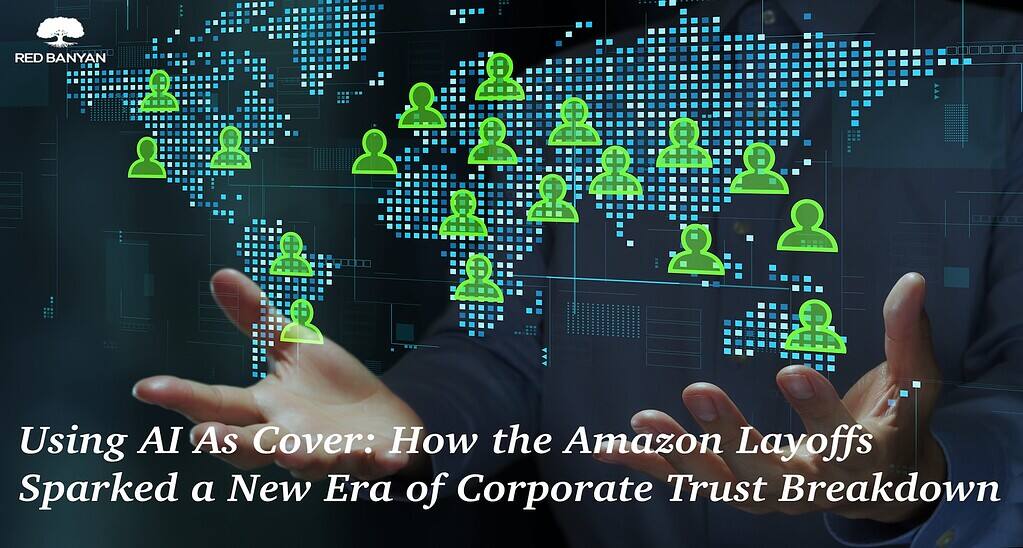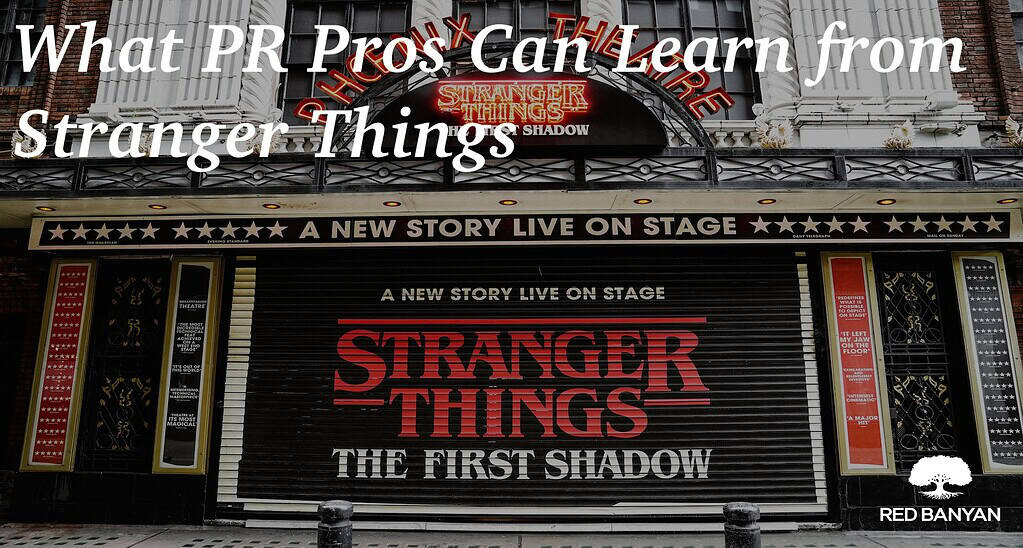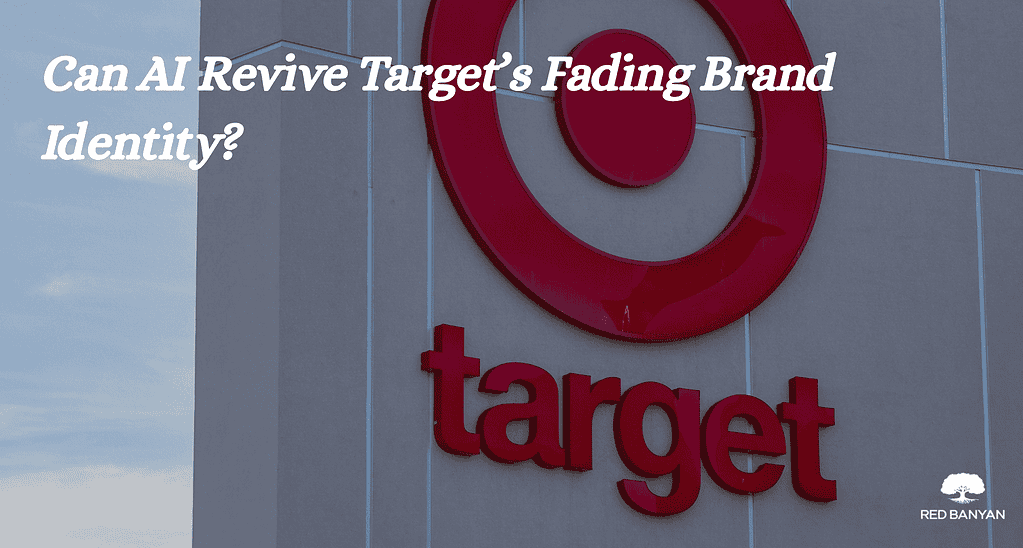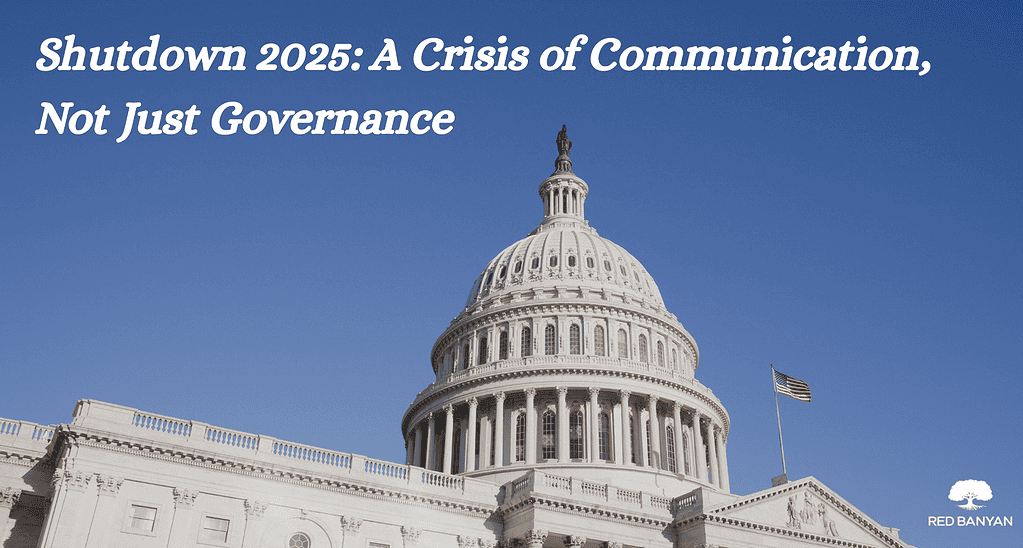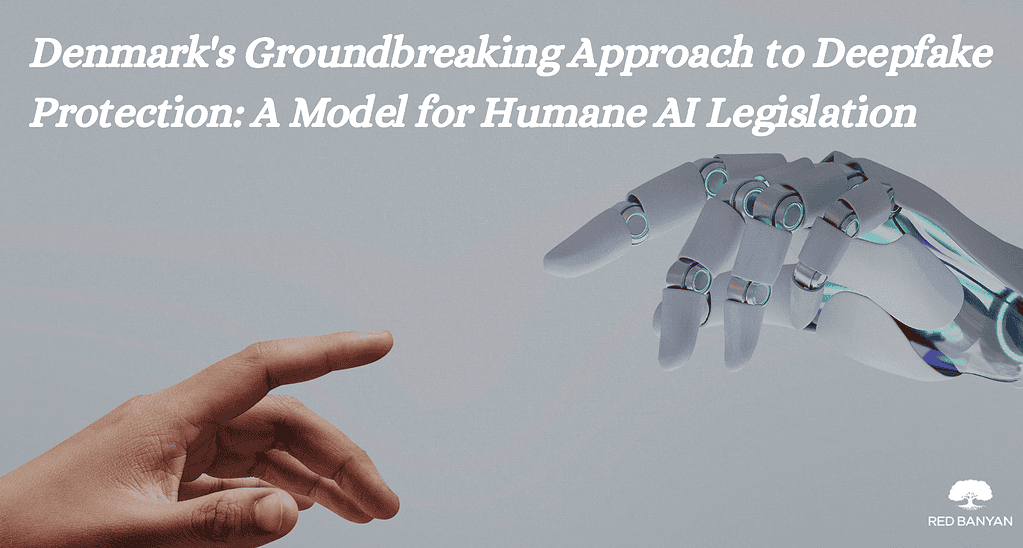When Amazon laid off thousands of employees, citing generative AI efficiencies while simultaneously sponsoring over 10,000 H-1B visas, the company created a textbook case in credibility erosion. Salesforce followed a similar pattern, eliminating 4,000 customer support roles under the banner of AI capabilities while continuing robust offshore hiring. These aren’t isolated incidents; they represent a troubling trend with serious reputational implications.
The Credibility Gap
The disconnect between public rationale and observable reality creates immediate stakeholder skepticism. When employees see former colleagues’ positions posted for offshore contractors weeks after leadership attributed layoffs to “AI transformation,” the damage to institutional trust becomes irreversible. Survey data revealing that 30% of companies replaced laid-off domestic workers with offshore talent confirms this isn’t a coincidence, it’s a strategy.
The problem compounds when companies poison two narratives simultaneously. Using AI as cover for conventional cost-cutting undermines legitimate conversations about technology’s transformative potential. Meanwhile, destroying employee trust during workforce transitions sabotages the very innovation and collaboration needed to implement AI successfully.
The Morale Collapse
Remaining employees respond predictably to perceived deception. Knowledge hoarding replaces collaboration. Risk aversion stifles innovation. Workers become reluctant to document processes or share expertise, fearing they’re simply training their own replacements—whether algorithmic or human contractors halfway around the world.
This matters beyond sentiment. Organizations genuinely integrating AI tools need engaged workforces to succeed. But when leadership obscures the true nature of restructuring, employees can’t understand actual strategic direction. The resulting confusion and disengagement actively hinders the transformation companies claim to be executing.
Customer service quality suffers as institutional knowledge departs, regardless of chatbot implementation. Product development slows when experienced team members disengage. The operational costs of depleted morale often exceed the savings from labor arbitrage.
The Alternative Approach
Transparency offers a more sustainable path, despite requiring short-term courage. Acknowledging complex reality—that AI implementation changes work distribution, that global labor economics factor into restructuring decisions, and that companies face genuine competitive pressures—preserves the credibility needed for long-term stakeholder relationships.
The messaging is undeniably harder. “We’re implementing AI tools that change workflows, allowing us to restructure roles. Global cost considerations are part of this equation. Here’s our commitment to affected employees and our rationale for long-term positioning.” Such statements generate criticism. But they maintain the trust required for future communications to land effectively.
Predictable Consequences
The current playbook virtually guarantees multiple crisis scenarios. Investigative journalists are already connecting dots, as Senate inquiries and media exposés demonstrate. Legal teams are examining potential misrepresentation claims. The talent market, particularly the high-performers companies desperately need for AI-era competition, increasingly prioritizes employer trustworthiness and values alignment.
Organizations navigating these transitions most successfully treat stakeholders as adults capable of processing nuanced realities. They invest in retraining programs, provide substantial severance packages, and communicate honestly about market pressures. Their immediate headlines may be more challenging, but they preserve institutional credibility.
The Broader Impact
This trend extends beyond individual corporate reputations. Using AI as a convenient explanation for offshoring strategies muddies public discourse about technology’s genuine role in economic transformation. It makes future conversations about automation, workforce development, and labor policy more difficult when trust has been systematically eroded.
The pattern also establishes dangerous precedent. When “AI integration” becomes accepted shorthand for any workforce reduction—regardless of actual causation—it becomes harder for companies genuinely restructuring around new technologies to communicate credibly.
The Path Forward
Workforce transformations in an AI-augmented economy are inevitable and complex. Technology genuinely changes how work gets done. Global labor markets create real competitive pressures. These realities don’t require obfuscation—they require clear communication that respects stakeholder intelligence.
The companies emerging strongest from this period will be those that maintained credibility through difficult transitions. The short-term discomfort of honest communication pays dividends when future challenges arise and stakeholders still trust leadership’s word.
The AI revolution is real. Its implications for work deserve serious, honest discussion. Using it as cover for cost-cutting through offshore labor substitution isn’t innovation—it’s a slow-motion reputational crisis that undermines both corporate credibility and the broader conversation about technology’s role in our economic future.

